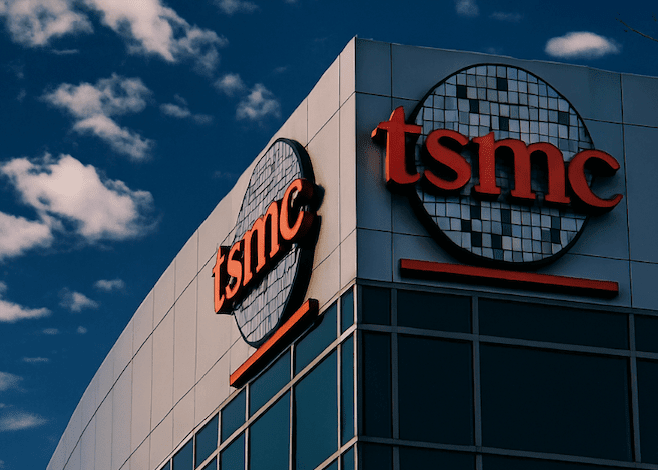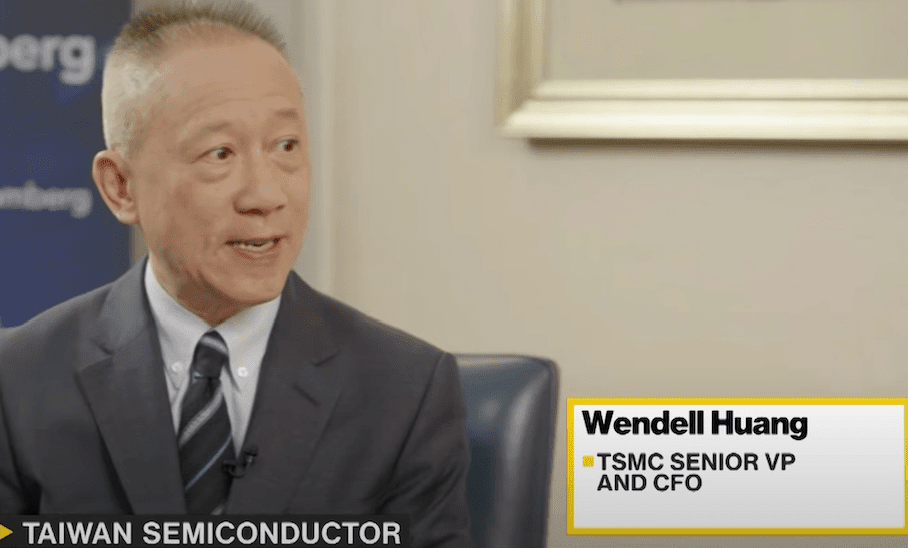
TSMC CFO Huang Renzhao was invited to an exclusive interview with Bloomberg on July 18. He emphasized that strong demand for AI has driven the full-year growth forecast, but capital expenditures remain cautious because of the uncertainty of the overall economy and tariffs. Speaking of the previous expansion plan in the United States, he said that the second phase of the plant construction plan has started two years earlier, but the tax breaks provided by the United States are still of limited help.
AI demand is booming, and the full-year growth forecast is directly raised to 30%
Huang Renzhao first talked about the key points of the financial report and said frankly:
"We see continued strong demand for AI, which is the main reason for the upward revision of the full-year growth forecast to 30%. In addition, TSMC's advanced process technology is still far ahead, and the platform scale continues to expand, which are the key to supporting growth."

Why raise growth forecasts but not increase capital expenditures?
But since TSMC has raised its earnings forecast and is optimistic, why hasn’t its capital expenditure increased? Huang Renzhao explained:
"Although TSMC is optimistic about the demand for AI and other products, it will not rashly increase investment just because of its outstanding short-term performance. It will first observe the international situation and policy changes to avoid risks. However, we are also very clear that the current macro-environment and tariff policy uncertainties are still there, so we will carefully evaluate capacity planning."
The annual growth rate in the past two quarters has reached 95%. How long can such spending last?
With an average annual growth rate of 95% in the past two quarters and capital expenditure currently set at US$38 billion to US$42 billion, will the annual growth rate be further increased next year? Can such high expenditure be sustained? In this regard, Huang Renzhao said:
"It's too early to talk about next year. Given TSMC's scale, capital expenditure is unlikely to drop sharply in the short term. If there are new business opportunities in the future, we will still invest."
US factory construction plans advanced, tax credits provide limited short-term help
Talking about the U.S. expansion plan, Huang Renzhao mentioned:
"The second phase of the U.S. plant construction plan has been brought forward by seven quarters, nearly two years, but this will not significantly increase capital expenditures."
The host asked about the help of the Investment Tax Credit (ITC), and the gross profit margin will be diluted in the next few years. How much can the tax credit make up for it? Huang Renzhao said:
“The tax credit will still help in the next five years, but it will not have much effect in the short term because depreciation is reflected gradually. There are several factors that will affect profitability at present, and the exchange rate is part of our control, but we will rely on other controllable factors to maintain the gross profit margin target of more than 53%.”
The fourth quarter growth forecast is conservative, and new business opportunities in the future will still be actively seized
Although the growth in the first half of the year exceeded expectations and the outlook for the third quarter is also strong, the full-year growth forecast is still maintained at 30%. Huang Renzhao explained:
"The main reason is that there is still uncertainty in the macro economy, so we adopt a more conservative attitude. However, if there are new business opportunities, TSMC is still capable of seizing them."
This article TSMC is still affected by tariff uncertainty! CFO Huang Renzhao: We will rely on controllable factors to maintain a gross profit margin of more than 53% first appeared in Chain News ABMedia.
